
Overview
This activity is intended to help students realize that everyone has both visible and hidden features or characteristics that play an important role in how people view the world and how they are viewed by others. It is also designed to give students an opportunity to celebrate differences as part of who we are.
Identity & Belonging Focus: Disability, with applications for other diversity areas.
Grade Level (s): Kindergarten through Middle School.
Subject(s): Reading and Language Arts, Social Studies, Art.
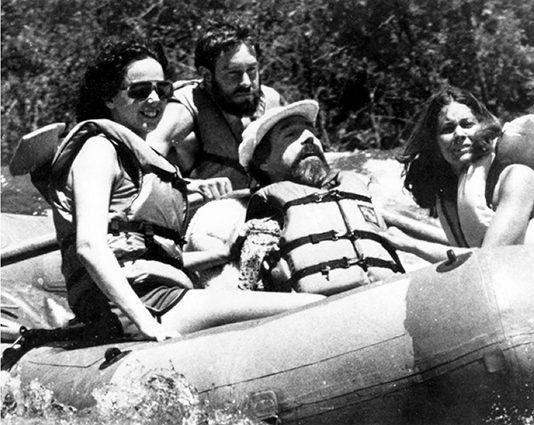
Learning Objectives
- Recognize differences among individuals and how attitudes, fears and stereotypes are formed and can be defused.
- Identify and understand various types of disabilities and some ways people respond to and accommodate disabilities.
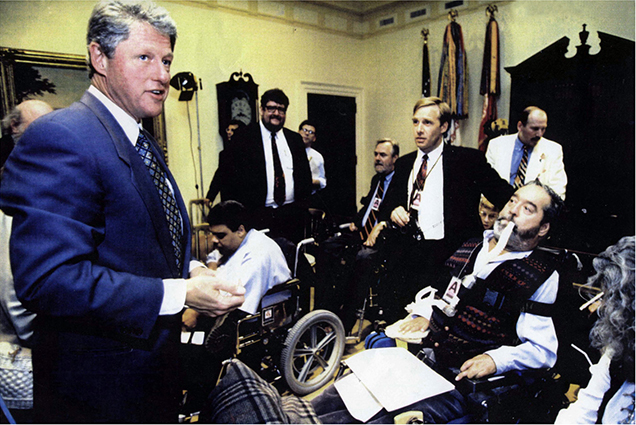
Standards
Participate in collaborative partnership with diverse learners.
Come to understand other perspectives through reading, listening and collaborations.
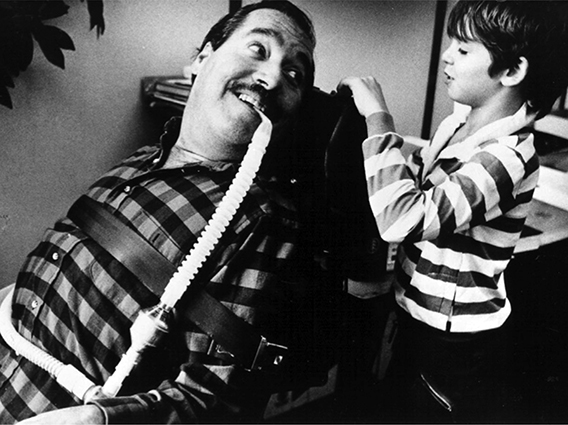
Materials
- Shoe box or other box and blank masks or strong mask-making paper.
- Paint, construction paper, markers, crayons and other art supplies.
- Inside Out Worksheet (older students).
- Blank masks to decorate (older students).
- Flip chart or blackboard for discussion (optional).
- Computer and web access for “Finding Nemo” activities.
Time: One or two class sessions.
Setting: Small or large group discussion (depending on grade) and individual art projects.
Preparation: Select from the suggested activities for younger and older students listed below and collect preferred art supplies and other materials.
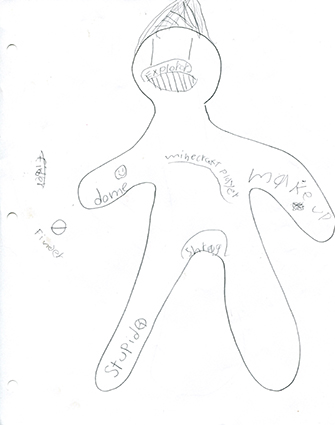
Directions
Introduction
The purpose of this lesson is for students to explore the personal and social experience of difference. During this lesson, students will draw or describe their visible and hidden characteristics, the ways they are different as well as things they have in common. Students create personal boxes, self-drawings, or masks that reflect their visible and hidden characteristics and qualities. Discussions help students realize that we all have differences and it is part of being human. During small and large group discussions, students have an opportunity to share their experiences and explore what it feels like to experience disabilities and other differences as part of sharing about themselves. Some students may feel intimidated about identifying characteristics that sometimes result in ridicule or discomfort from other students. Before starting the class activities, revisit the classroom agreements as a reminder that students should treat each other with respect and not use the information revealed in this lesson to tease their classmates. The fact that students will be cautious about sharing their differences is OK and is part of what they should be learning from this lesson. Self-disclosure is hard for all of us and students will need to feel safe with each other before starting this lesson.Ask students to brainstorm visible and hidden differences and discuss the things they like and the things that are hard about being different.
Examples of visible differences:
- Hair, eye, or skin color.
- Height or weight.
- Presence of freckles or other skin variations.
- Different accents or ways of speaking.
- Use of glasses or orthodontic braces.
- Involuntary movements.
- Use of hearing or communication aids.
- Use of wheelchair, cane or other mobility aids.
- Clothing or accessories (clothing styles, favorite colors, unique hairstyle, favorite jewelry or ethnic or religious clothing).
Examples of hidden differences:
- Unusual skills, interests, hobbies (i.e., can blow super large bubblegum bubbles, knows the sign language alphabet, raises pet parakeets, etc.).
- Learning style: strengths and challenges.
- Interesting facts about the child’s family (i.e., shares the same birthday as another family member, is a twin, has two dozen cousins, lived in another country, etc.).
- Family language, traditions, history and lifestyle.
- Favorite foods or other personal preferences.
During this discussion, students should begin to see that we all have both visible and invisible difference and how sometimes these differences are used to separate us from one another. During this discussion, students can begin to understand that people with disabilities and other groups face various types of attitudinal and environmental barriers depending on the visible or hidden nature of their disability or social difference.
Ideas that you may want to discuss: People in wheelchairs sometimes have complete strangers ask them why they are in the wheelchair. Do you think that is OK?
Sometimes if we are different in ways that can’t be seen, we don’t understand what that feels like. How would you feel if, for example, someone didn’t believe that you felt sick or that you found it hard to read or speak?
Inside Outside Art Activities: Using one of the art project options listed below, have each student create a project identifying the visible and hidden characteristics the student feels are important aspects of his/her identity. Students may want to work in pairs or small groups.
Self-Portrait: This is generally used with younger grades but some older students have also enjoyed creating these and posting them on the walls.
Give each student a large piece of butcher paper. Working with a partner, each student uses a crayon to trace the outline of their partner’s body on the partner’s paper. When outline drawings are complete, each student will work independently (or with support as needed) to complete the picture with “visible differences” drawn onto the body outline, and “hidden differences” depicted around the border of the picture.
If you are not able to do the butcher paper activity, students can also draw their picture on a letter or legal size paper. Students can choose what visible and hidden characteristics they want to include in their self-portrait. On the inside of their outline, ask them to draw or write things about themselves that people may not know and around the outside of the picture they can add pictures or words that describe their more visible characteristics.
Identity Boxes or Masks: Using one of the art project options listed below, have each student create either a box or a mask that reflects any visible and invisible characteristics the student wants to include.
Using shoe boxes or other boxes about that size, students cut a piece of blank paper (sketch or paint grade) to cover the top of the box lid, and one piece of paper to fit the inside of the box bottom. With crayons, markers, paint or other materials, each student will create art representing his/her visible characteristics and glue or tape this collage to the box lid. On the inside bottom of the box, they can paste or tape a picture or art representing hidden characteristics. Students decorate the exterior and interior sides of the box as they choose. For the inside of the box, students could create a diorama representing hidden characteristic or facts about themselves. They may want to include images or symbols of their cultural background or family history as well as personal characteristics.
Blank masks can be used instead of boxes. Students paint or draw their visible characteristics and related art on the outside of the mask and put their hidden characteristics on the inner, hidden side of the mask. To make hidden characteristics and interests visible, small images, objects, or phrases can be attached to the mask by ribbons so they hang along the side of the mask.
After completing the art projects, students talk in their pairs or small groups describing their projects. Students can use the Inside/Outside Worksheet to identify their differences and similarities. Show students how to record the information on the worksheet and have them share their work to the class. Ask what similarities they find and what is unique?
Inside Outside Wrap-up
Review what students learned about themselves and each other. Emphasize the importance of respecting both our differences and what we have in common.
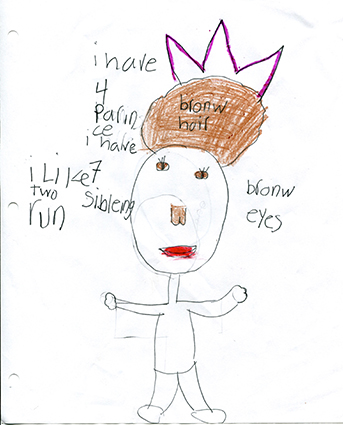
Supplemental Activity
Reading and Discussion: The “We Are All Different (Disabilities and Differences)” picture book series explores the many ways children and young adults around the world do the same things in different ways. Read these books to young children or let new readers read them to each other. Then discuss the many different ways of doing the same thing (e.g., reading, learning, moving, etc.) shown in each book.
Other books and other materials for different age groups: Readings and films that work well with this lesson are listed in the Include! library, posted on this website in the Include! book list. We have included some examples of books that tell stories of people from different cultures and backgrounds as well as disability-specific books.
“Finding Nemo” Film: As an optional activity, show the film “Finding Nemo” in class or as a homework assignment. In preparation for the movie, tell students to observe how visible and hidden differences are portrayed in the movie. Instead of showing the whole movie, the instructor may choose to focus on one or more specific scenes that relate to disability issues. Examples include the scene where Nemo goes to school and the scene where Nemo and Gill meet. After viewing the movie, have students express the observations verbally or in a writing assignment.
Use the questions below as discussion or writing prompts. Facilitate discussion about how fear or lack of understanding can contribute to negative responses to differences.
- How was (were) the main character(s) different from the others?
- How was (were) the main character(s) the same as others?
- Why do people act in a negative way toward people who are “different”?
- Why might people think of individual differences as positive attributes?
- How did the main character(s) use his/her differences to an advantage?
Prompt students to identify ways that seemingly “negative” differences can create an opportunity or skill. For example, someone who is Deaf or hard of hearing has the opportunity to learn two languages: English and American Sign Language. A student who uses a wheelchair can play wheelchair basketball or join a race in his chair; a person who has a hard time with reading or speech may be great at another skill. A student who has diabetes knows about the importance of a healthy diet and exercise. People who have been put down because they are different know how important it is to treat people with respect.
As a conclusion to the movie activity, use the following movie review as a reading activity. When working with younger students, read the review to the class. When working with older students, assign the review as independent reading or take turns having students read aloud. This review was written by a 10-year-old girl and identifies the disability/differences aspects of the movie.
Refer to Disability World: A bimonthly web-zine of international disability news and views, Issue 22, January–March 2004. “Finding Nemo”: a great disability movie!
Supplemental Language Arts Activity
Quotes for Discussion
Here are some things people have said about living with a disability:
“I am not my disability. I’m me. I have dyslexia and I’ve had polio, but I am not ‘a dyslexic’ or ‘a cripple.’ I’m me.” ~ John Swan, age 14, from “What it’s like to be me.”
“I may have a spinal cord injury but I haven’t lost my backbone.” ~ Student in Vermont.
“How can I hate my body when it gave me my politics?” ~ Disability rights activist in Vermont.
“You can’t base life on other people’s expectations.” ~ Stevie Wonder.
“Just because a man lacks the use of his eyes doesn’t mean he lacks vision.” ~ Stevie Wonder
“It is a lonely existence to be a child with a disability which no-one can see or understand. You exasperate your teachers, you disappoint your parents, and worst of all you know that you are not just stupid.” ~ Susan Hampshire.
Ask students to take five minutes to write down or share their own statement about dealing with disabilities or other difference and then discuss them in small groups or with the class.
We welcome student statements for use with Include!
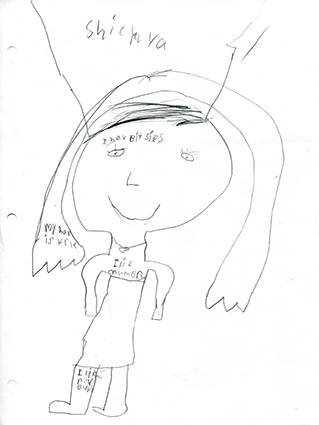
Resources
Teacher Resources
Student Resources